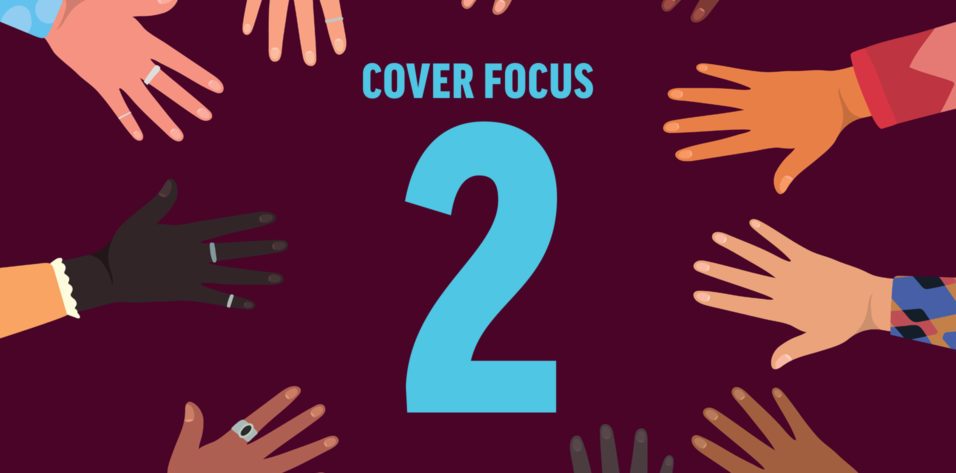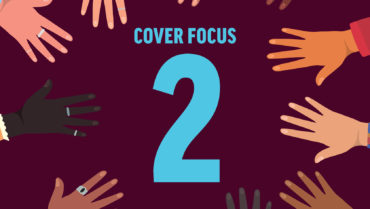Mentorship is key not only for successfully matching into ophthalmology but also for advancing one’s career. Numerous studies have emphasized the influence of gender-specific mentors and role models on the careers of medical students, particularly those interested in surgical fields, yet this has not been explored fully in ophthalmology. Furthermore, evidence suggests that female students who are early in their training must have positive role models to emulate and prove that a surgical career is possible.
The gender gap among ophthalmology trainees is narrower than in other surgical fields, with approximately 40% of residents being female; the gender gap at the leadership level, however, is significantly larger in ophthalmology than in other surgical fields. In ophthalmology, only 28% of US residency program directors and 10% of department chairs are female. We recently conducted a study to evaluate ophthalmology educators’ attitudes toward female mentorship to better understand how this may relate to the recruitment of female medical students to the field and to their career advancement.1
EXPLORING MENTORSHIP TRENDS
To explore female medical student mentorship in ophthalmology among academic leaders, we sent a survey to the Association of University Professors of Ophthalmology (AUPO) chairs, program directors (PDs), and medical student educators (MSEs). Questions focused on leaders’ perceptions of female-specific mentorship as well as on their own experiences with mentorship in ophthalmology. Additionally, we compared the number of female students applying to ophthalmology residency to the number of female ophthalmology faculty using AUPO and Association of American Medical Colleges (AAMC) workforce data. Finally, we evaluated responses to free-response questions from ophthalmology leaders.
In total, 75 AUPO members responded, including 30 of 72 MSEs (41.7%), 34 of 114 PDs (29.8%), and 17 of 135 chairs (12.6%). Of respondents, 55.4% identified as female and 44.6% as male. Male and female members had 47.9% and 47.6% female mentees, respectively (P = .45). However, 21.2% of male members versus 56.1% of female members agreed that having a mentee of the same gender was important (P < .01). Furthermore, 13 of 40 female members (32.5%) reported having a significant female mentor themselves, compared with 1 of 29 male members (3%; P < .01).
We also found that the number of female applicants to ophthalmology residency between 2016 and 2019 initially increased from 36% to 39% but then plateaued, from 40% in 2020 to 39% in 2021 and then to 38% in 2022. Concurrently, female ophthalmology faculty across medical schools increased from 35% to 40% (R2 = .078, P = .41). However, other studies have shown that this increase is mainly seen at the assistant professor rank, with only a small increase at the professor level. As a potential solution to this disparity, some respondents indicated they felt that the best mentorship model included multiple mentors. For example, one respondent noted, “It is valuable for a female … to have a female mentor, but this may be separate from or complement a career mentor.” Additionally, respondents agreed on the importance of mentorship in general, indicating, “Mentorship is an important aspect of medical education. Unmentored students are at a distinct disadvantage.”
IMPROVING THE LEADERSHIP GENDER GAP
Encouragingly, we found that male and female AUPO members reported no difference in female mentees, but women were more likely to feel gender-specific mentorship was important, suggesting room for further development of this type of mentorship in ophthalmology. Expanding female mentorship programs in ophthalmology can help to promote equity in training and ultimately help to address the lack of female representation in leadership. Fortunately, mentorship programs for students and faculty are being developed through organizations such as Women in Ophthalmology (WIO) and Women Professors of Ophthalmology (WPO). Such continued efforts may help to further bridge this gender gap and empower women across the field of ophthalmology.
1. Paul M, Dweck M, Chadha N. Ophthalmology education leadership attitudes toward mentorship of female medical students. Am J Ophthalmol. 2022;243:149-157.
Suggested reading:
2. Shen MR, Tzioumis E, Andersen E, et al. Impact of mentoring on academic career success for women in medicine: a systematic review. Acad Med. 2022;97(3):444-458.
3. Trinh LN, O’Rorke E, Mulcahey MK. Factors influencing female medical students’ decision to pursue surgical specialties: a systematic review. J Surg Educ. 2020.
4. Shah DN, Volpe NJ, Abbuhl SB, Pietrobon R, Shah A. Gender characteristics among academic ophthalmology leadership, faculty, and residents: results from a cross-sectional survey. Ophthalmic Epidemiol. 2010;17(1):1-6.
5. Gender & Ethnicity Data: Ophthalmology Residency. AUPO. January 2019. https://aupo.org/system/files/resources/2019-03/2019%20AUPO%20Residency%20Gender-Ethnicity-Summary%20Final.pdf
6. Tuli SS. Status of women in academic ophthalmology. J Acad Ophthalmol. 2019;11(02):e59-e64.
7. Masterfile AP. Active physicians by sex and specialty. American Association of Medical Colleges. 2017. https://www.aamc.org/data-reports/workforce/interactive-data/active-physicians-sex-and-specialty-2019
8. Kloosterboer A, Yannuzzi NA, Gedde SJ, Sridhar J. Residency program directors of United States ophthalmology programs: a descriptive analysis. Am J Ophthalmol. 2020;209:71-76.
9. Dotan G, Qureshi HM, Gaton DD. Chairs of United States academic ophthalmology departments: a descriptive analysis and trends. Am J Ophthalmol. 2018;196:26-33.
10. Xierali IM, Nivet MA, Wilson MR. Current and future status of diversity in ophthalmologist workforce. JAMA Ophthalmol. 2016;134(9):1016-23.
11. Aguwa UT, Srikumaran D, Green LK, et al. Analysis of sex diversity trends among ophthalmology match applicants, residents, and clinical faculty. JAMA Ophthalmol. 2021;139(11):1184-1190.
12. Gill HK, Niederer RL, Shriver E, Gordon LK, Coleman AL, Danesh-Meyer HV. An eye on gender equality: a review of the evolving role and representation of women in ophthalmology. Am J Ophthalmol. 2021;236:232-240.
13. Kletke SN, Zhang A, Kohly RP. A national survey of Canadian women in ophthalmology: on role models, mentorship, and communities of practice. Can J Ophthalmol. 2021;56(3):203-205.





